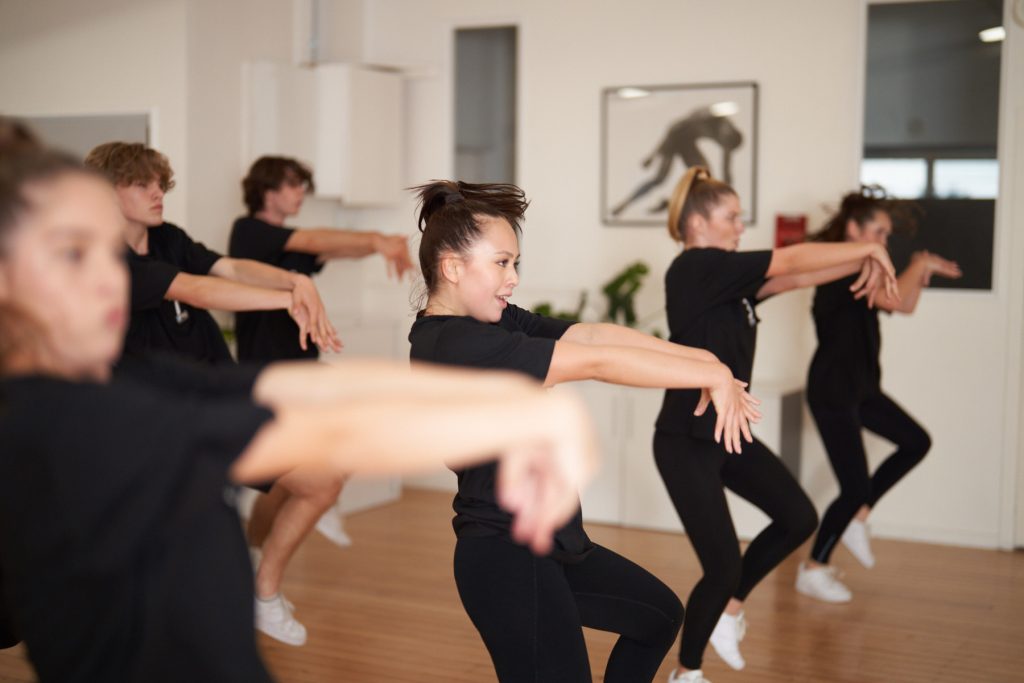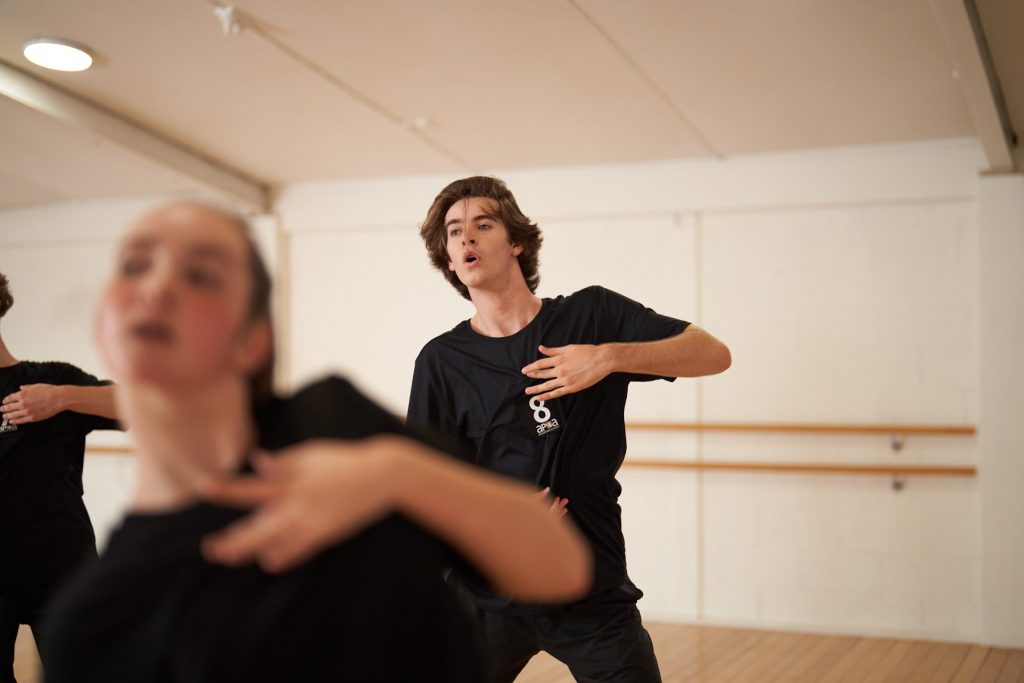Urban Ignition Syllabus Information
Positive - Inspiring - Empowering
The syllabus is fresh, vibrant and accessible for all ages and abilities from beginners to advanced. Clear training videos with rear views and slow-motion options enable teachers to easily learn and teach hip hop fundamentals to students from Foundation Level to senior levels.
Urban Ignition is an examination based syllabus, it is compulsory for all registered studios to enter Urban Ignition students for examinations or assessments annually.
Exercises include Arm and Foot Combinations, Travel and Turns, Isolations, Set Combinations, Stylised Combinations (including popping, krump, whacking and vogueing), Student Choreography, Crew Choreography and Dances.
We are committed to providing fast and personal service to all our registered teachers.



The syllabus comprises of 12 levels and a Teacher Training syllabus:
- Foundation Level (6 yrs)
- Level One (7 yrs)
- Level Two (8 yrs)
- Level Three (9 yrs)
- Level Four (10/11 yrs/new adults/new teens)
- Level Five
- Level Six
- Level Seven
- Level Eight
- Level Nine
- Level Ten
- Solo Seal
- Teacher Certificate
- Advanced Teacher Certificate
Syllabus Components:
The levels are made up of a series of exercises including arm and foot combinations, travel & turns, isolations, tutting, floor work, amalgamations and dances. There is opportunity for the teacher to stylise some of the exercises with their own head and arm-lines. The teacher notes advise where this is possible.
All work is progressive and designed to develop co-ordination, strength, agility and style.
The teacher sets the Teacher Dance and must incorporate compulsory steps.
Students can enter the syllabus at any age (and ability) at a level recommended by the teacher. Please see age guidelines above. Candidates sitting Level Ten onwards must have sat and passed the previous grade as a prerequisite (Level Nine).
It is compulsory for registered teachers to enter their students for examinations annually.
Year Plan
Lessons in terms one and two of the school year are focused on preparing students for examinations.
Examinations are held in the third term of the school year (June/July/August/September) in Australia and New Zealand.
Examinations are held in June and July in Hong Kong, Macau and China.
Lesson Plan
Syllabus work in preparation for examinations is based on the following class time recommendations:
- Foundation Level: 30 minutes per week
- Junior levels: 45 minutes per week (levels One – Three)
- Elementary levels: 1 hour per week (levels Four – Six)
- Intermediate levels: 1-2 hours per week (levels Seven – Nine)
- Advanced levels: 1 – 2 hours per week (Level Ten/Solo Seal)

Age Recommendations
Please use the recommended age guidelines for class placements. These recommendations are based on students who have no previous dance experience:
- Foundation Level: 6 years
- Level One: 7 years
- Level Two: 8 years
- Level Three: 9 years
- Level Four: 10/11 years/beginner adults/beginner teens
Any student who has had dance experience should be placed in a class at the recommendation of the teacher.
Freestyle Work
Freestyle work is included to encourage freedom of movement in junior levels. The examiner provides the music for the freestyle.
Students should prepare for freestyle work seeking to show musicality, use of the floor, use of levels and variety of steps.
Crew Choreography
Crew choreography is incorporated from Level Four. The teacher, or crew, sets the music for this component. Crew work is an integral part of Hip Hop dance culture and allows the group to work as a team without teacher involvement.
The crew should show formations, creativity and teamwork to perform a set with their own personal ‘flava’!
Student Choreography
Student choreography is incorporated at the higher levels to develop student initiative and creativity. Students choreograph their work individually with assistance from the teacher where necessary.
Time limits are detailed in the teaching notes. The teacher provides the music for student choreography (the same music must be used by all the students in an examination group/grade – ie. no indivdual music as student choreography is usually seen in pairs).
Time limits are detailed in the teaching notes.
Music
Teachers are able to set their own music from Level Four upward with the exception of the isolations and Set Dances.
It is the responsibility of studios to have their own studio music license for classes.
Solo Seal
Solo Seal is the final examination of the syllabus in which the dancer showcases their training and choreography in a final performance examination. An audition amalgamation is set by the examiner and taught to the candidate/s at the beginning of the examination (the dancer to wear appropriate class/audition dancewear). Candidates then have three self-chroeographed dances to perform, each with a change of costume.
Solo Seal candidates are expected to arrange their own choreography, costumes, props (if required), music (choice and edit), which is overseen by the teacher.
As this is the pinnacle performance examination which completes all syllabus training, candidates are permitted to invite an audience to view the performance pieces if they wish. Filming by the audience is permitted if agreed by the candidate and teacher.
If the Solo Seal candidate wishes to be considered for the Izzie Toman Solo Seal Scholarship, the teacher is required to film the candidate choreography in the examination and submit the footage prior to the 1st October via the APDA website. Results are announced by 1st February the following year.
The prerequisite for this examination are Levels 9 and 10.
